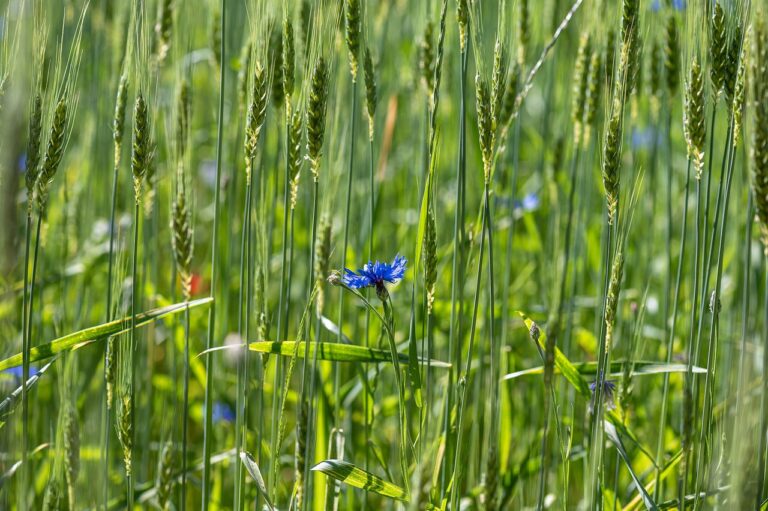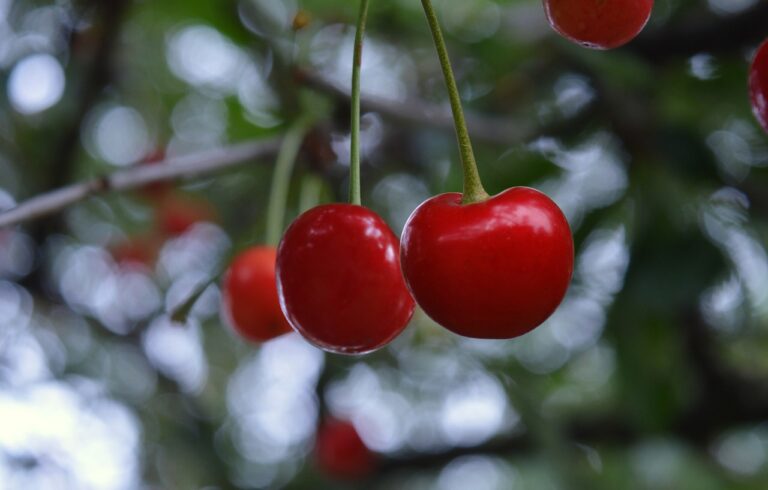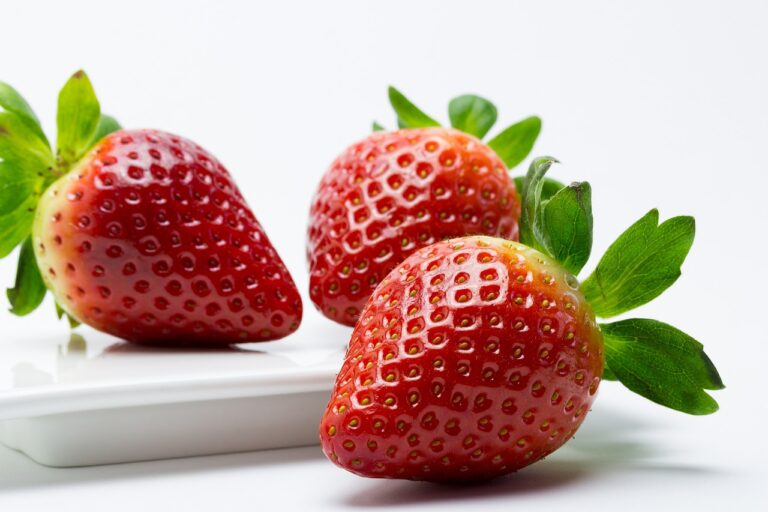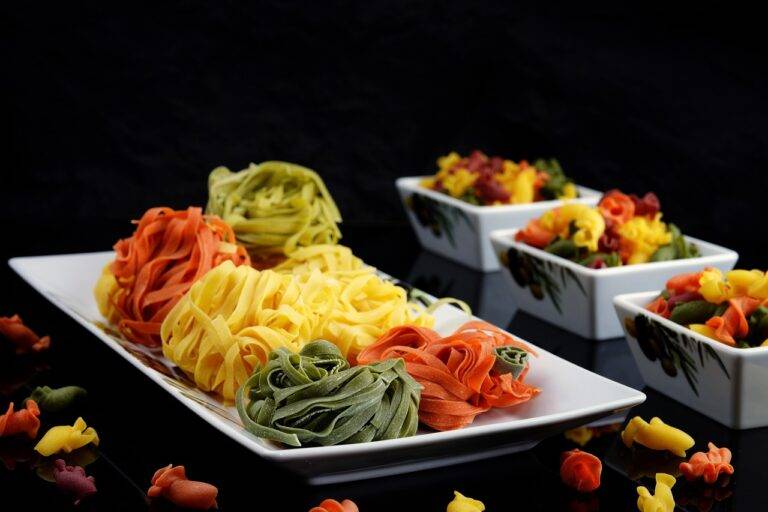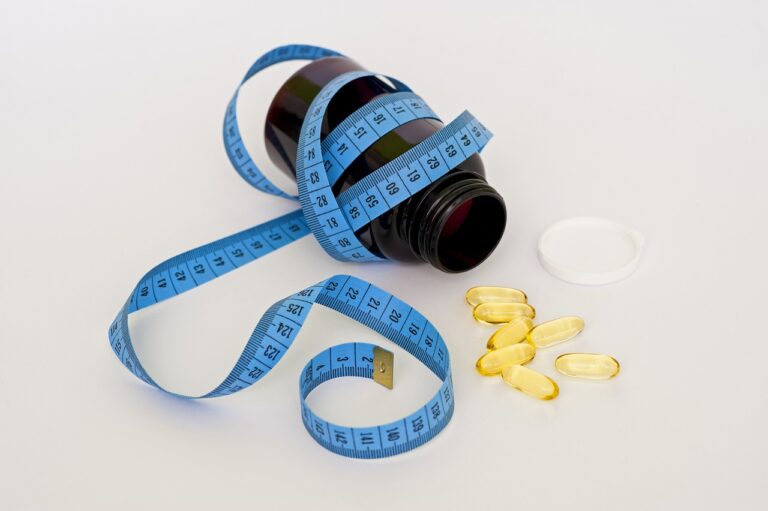Edible Packaging Solutions: Novel Materials for Sustainable and Waste-Free Consumption
Plant-based materials have gained significant attention in various industries due to their eco-friendly nature. These materials are derived from renewable sources such as corn, sugarcane, and bamboo, making them a sustainable alternative to traditional petroleum-based products. By utilizing plant-based sources, businesses can reduce their carbon footprint and contribute to a more environmentally conscious approach to production.
In addition to being sustainable, materials derived from plant-based sources also offer versatility and functionality. These materials can be used to create a wide range of products, from packaging materials to textiles and even building materials. With advancements in technology and research, the potential applications of plant-based materials are continually expanding, paving the way for a more sustainable and greener future.
Innovative Biodegradable Packaging Solutions
Biodegradable packaging solutions are gaining traction as environmentally conscious consumers seek more sustainable options. These innovative packaging materials are typically derived from plant-based sources such as cornstarch, sugarcane bagasse, or algae. Not only are these materials renewable and biodegradable, but they also help reduce the reliance on traditional petroleum-based plastics that contribute to pollution and landfill waste.
In addition to being eco-friendly, biodegradable packaging solutions offer other advantages as well. They are often compostable, allowing for organic disposal methods that help to reduce the overall environmental impact. Furthermore, these materials can be molded into various shapes and sizes, offering versatility for packaging different types of products. Overall, the use of biodegradable packaging solutions aligns with the shift towards more sustainable practices in the packaging industry.
Biodegradable packaging solutions are derived from plant-based sources such as cornstarch, sugarcane bagasse, or algae
These materials are renewable and biodegradable, reducing reliance on traditional petroleum-based plastics
Compostable nature allows for organic disposal methods to reduce environmental impact
Versatility in molding into various shapes and sizes for packaging different products
Aligns with the shift towards more sustainable practices in the packaging industry
Advantages of Using Edible Packaging
Edible packaging offers a sustainable solution to the ever-growing issue of plastic waste. By using materials derived from plant-based sources, such as seaweed or corn starch, edible packaging helps reduce the environmental impact of single-use packaging. These biodegradable alternatives break down more easily than traditional plastics, leading to less pollution and harm to ecosystems.
Furthermore, edible packaging can also enhance the consumer experience. Not only are these materials eco-friendly, but they can also add a unique touch to the product itself. Imagine enjoying a snack wrapped in edible packaging that complements the flavor or texture of the food inside. This innovation not only reduces waste but also adds a fun and interactive element to packaging design.
What are some materials that edible packaging can be derived from?
Edible packaging can be derived from plant-based sources such as seaweed, corn starch, and potato starch.
How innovative are biodegradable packaging solutions?
Biodegradable packaging solutions are constantly evolving and becoming more innovative, with options like edible water bottles and edible utensils being developed.
What are the advantages of using edible packaging?
Some advantages of using edible packaging include reducing plastic waste, providing a sustainable alternative, and eliminating the need for disposal as the packaging can simply be eaten.



